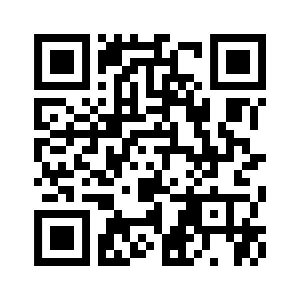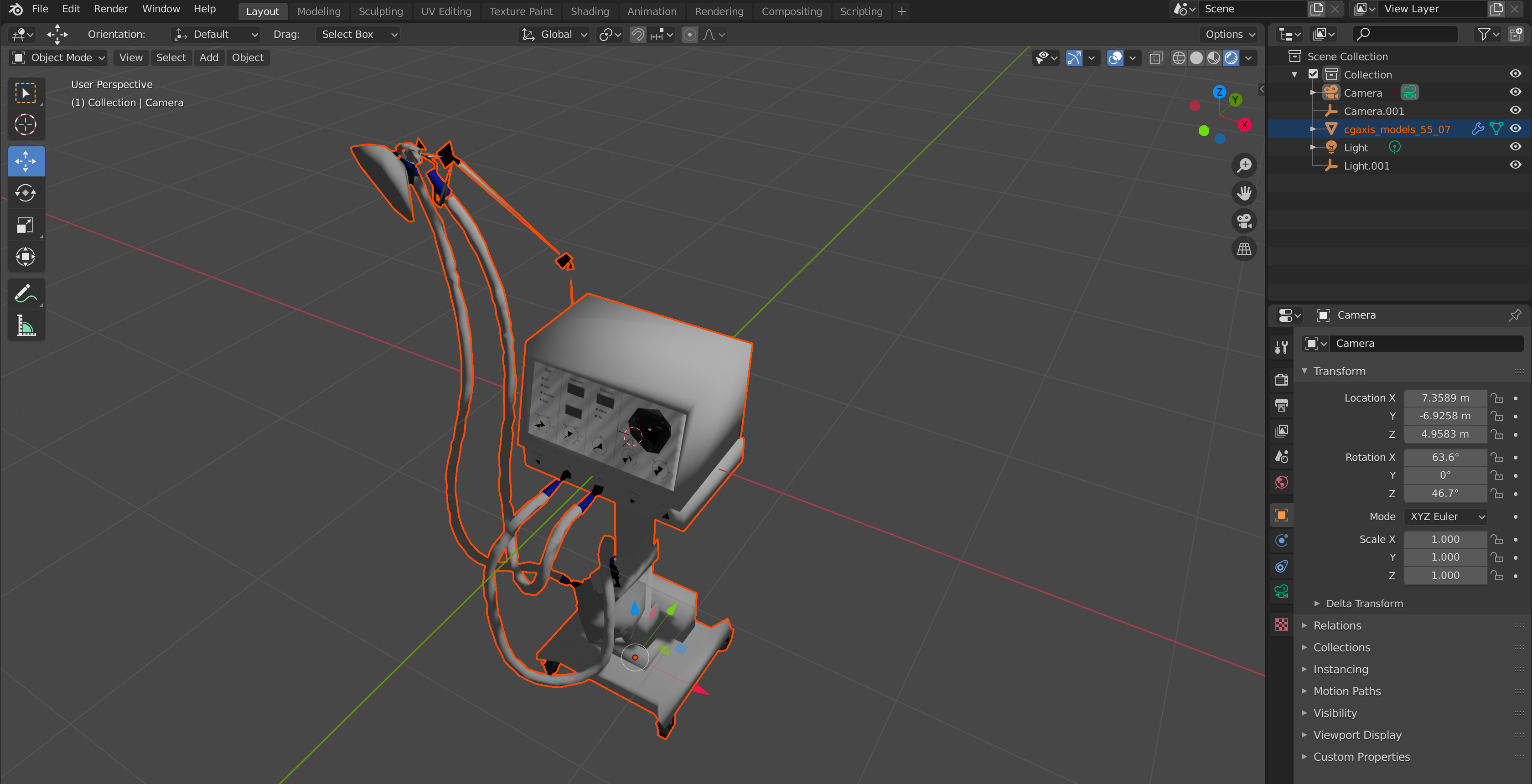
Believe it or not, a few short months ago the main event dominating the news cycle wasn’t coronavirus, but the Presidential election. The Democratic primaries were different from years past, and not just because the number of candidates running could fill a small football field. One thing that stood out to our team was the record spending that occurred this election cycle. Discussions began to swirl around campaign finance specifically when Michael Bloomberg entered the race, funding his entire campaign with his personal fortune, and raising questions about what money should and shouldn’t buy while running for office. We began thinking about a way to contextualize the immensity of campaign spending through the language we speak best — technology. Those conversations and the desire to use technology to answer that question was the origin of Pay to Play. Due to primaries being postponed, and the race being narrowed down to single candidates from each party, we considered not releasing this experience.
However, with the new economic pressures on American families due to coronavirus and the current volatile international economy, we believed the relationship between money and politics was worth exploring. This project considers the disconnect between the monetary impact of the political process and the needs of everyday Americans.
The staggering amount of money spent by Democratic candidates in the 2020 election left us wondering how that money could have been spent on infrastructure and funding the platforms that those candidates had as part of their campaigns. We designed Pay to Play as a way to look back on the record amount of money spent by Democratic candidates that have ended their bids. We also included how much several Republican contenders in the 2016 presidential election spent on their campaigns as another comparison.
We designed this experience to visualize our internal discussions and the conversations happening in the U.S. during this tumultuous time, and in doing so we wanted to answer the question: “What else could we have done with that money?”
How Does It Work
Pay to Play was developed using 8th Wall as the hosting platform. The only web specific AR toolkit, 8th Wall allows anyone with a mobile device and an internet connection to access the comparative experience. Users can compare campaign spending amounts from the top seven Democratic candidates who spent the most on their presidential run, as well as the top seven Republican candidates from the 2016 presidential election. The experience has different “common good” filters and each “common good” filter has been paired with a representative 3D object that will fill the space with the appropriate scaled number of objects. With each selection, the data will simultaneously update in the upper left corner.

Why Use Augmented Reality
Using augmented reality for data visualization allows for emotional reactions from the user. This experience showcases the immensity of campaign spending by using cascading scaled objects that fill the users view, as though it could overflow from the screen at any moment. This experience was created using 8th Wall, which meant decreasing file size and the number of objects rendered is important for optimizing load time. To speed up load time and allow for easier comparison, the number of objects was scaled. While AR can make data more manageable for users, it can also create emotional connections through hands-on participation with the product.
The Build, 3D Modeling, and Optimization
We found that the best way to offer an immersive extended reality experience, while still offering relevant information and options to a user, is to combine the XR portion with a heads-up display that lies on top without obstructing the view. As such, this project could immediately be divided into two parts: building the HUD and coding the 3D model portion. We used A-Frame, a 3D framework built on Three.js and HTML, to bridge the gap. By representing our 3D assets and behaviors as HTML, we were free to create our HUD in pure HTML and have it communicate and interact seamlessly with the A-Frame components.

We found that much of the challenge of this project was using AR in a way that was accessible to as many people as possible while still maintaining the core identity of the project — using numerical scale as a way to evoke a reaction from the user. Rendering any 3D model in a web browser can be an expensive operation. Rendering thousands of them would tax a smartphone’s hardware to the point of unusability. We ended up approaching this by leaning into the idea of scale: we didn’t need exacting detail if the idea was to overwhelm the user with a huge pile of items; we just needed enough to make it clear what each item was. So we selected simple models with fewer polygons, decimated their numbers of faces as low as we could, and reduced the resolution on their textures to minimize file size. The end result worked out — we had piles of apples that were clearly recognizable and deeply satisfying to watch cascade down from the sky.
Additional challenges came from the technologies we used to build the experience itself. Web AR platforms advance every day, but there are still severe limitations to their capabilities. For example, 8th Wall, the platform on which this experience runs, offers surface occlusion capabilities only for its Unity integration into native apps. For browser-based experiences that don’t yet have access to that plane detection technology, we have to emulate a floor by placing a vast invisible sheet at a defined distance below the camera. The distance to the “floor” is not dynamic and doesn’t change whether the user is sitting or standing, resulting in an imperfect representation of reality. This process only makes us more excited to see the next steps web AR will take, as the technology continues to improve and provide us with new and even more compelling ways to augment our reality.
Conclusion
The political process is often a complicated and convoluted one, and accessing data on campaign finance can be overwhelming. Conceptualizing how much candidates spend on their campaigns shows the immensity of American politics. By using AR, it becomes easier to visualize the power that the people funding these campaigns have, and raises real questions about the possibility of sweeping change if these funds were made available.
Credits:
Jordan Long: Concept and Strategy
Nicole Riemer: Art Direction and Experience Design
Eric Liang: Experience Design and Development



